Increase FDI from 26% to 49% in print media says INS
Increased Foreign Direct Investment (FDI) in print media? Most want it to be raised from the current 26 per cent to 49 per cent as per a proposals passed by the executive committee of the Indian Newspaper Society (INS) on July 29.
The Ministry of Information and Broadcasting has recently invited INS to attend a meeting on the issue. Our sources tell us that out of the 33 board members present 22 voted in favour, seven against and two abstained. The ones to raise some objection were Malayala Manorama and Mathrubhumi. INS has sought further time of 30 days from the MIB to discuss the matter at length amongst its members and arrive at a single industry perspective on FDI.
Increased FDI is in the overall interest of the industry. Once INS recommends to the ministry of 49 per cent FDI in print through the foreign investment promotion board (FIPB) route, the government only needs Press Council of India nod to give its go-ahead. This was also the recommendation of a sectoral innovation panel headed by a former secretary in the MIB ministry. The panel, formed after more than one forum expressed the fear of "foreign content" flooding media, had submitted its report a year ago.
Meanwhile, Telecom Regulatory Authority of India (TRAI) released a consultation paper Tuesday recommending the same increase in FDI cap for news and current affairs channels. It, however, set conditions such as if the FDI limit in uplinking news and current affairs channels was enhanced to 49 per cent, the remaining shares would have to be held by a single Indian. The authority has invited comments from stakeholders by August 12.
With more FDI limit in the print media, the industry's momentum can be accelerated for achieving higher growth. Also there are some irritants to growth which need to be eradicated...in the context of promoting innovation in the print media. The proposal is significant considering there are over 78,000 registered newspapers in India and the worth of the industry is likely to touch Rs 310 billion by 2015. While the newspapers can be vibrant and gutsy, most are
starved for technology, marketing, and capital to expand. So, a handful of
publications dominate.
On the flip side there are sections that feel that once FDI come in foreign forces might begin dominating the content of Indian publications, which is detrimental to national interests. An extreme view given by a former Indian PM is that powered by their immense finances and goaded by an ambition to control the emerging Indian market, the foreign monopolies will impose their own agenda of ultimately controlling Indian politics.


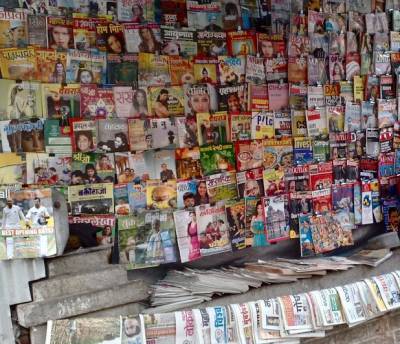

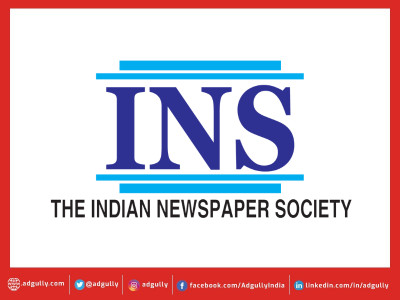
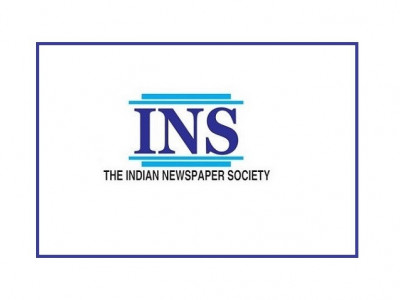

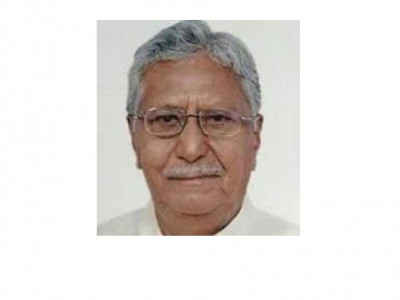

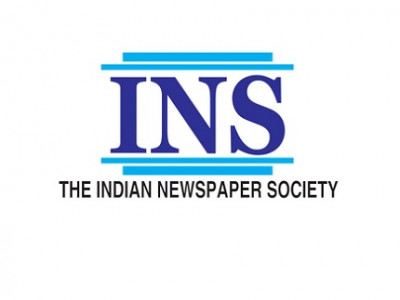
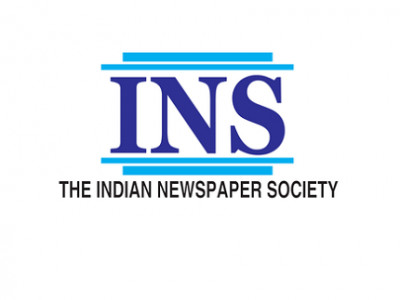


Share
Facebook
YouTube
Tweet
Twitter
LinkedIn